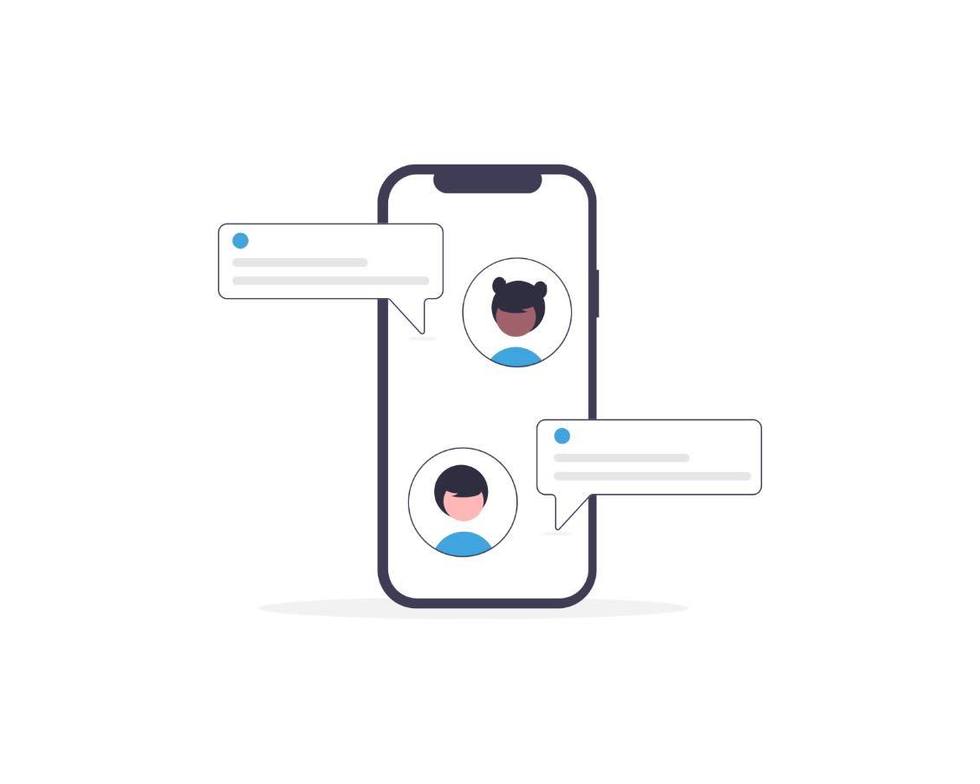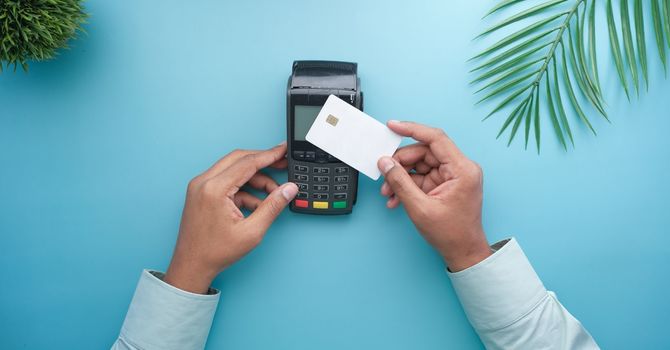
Customer surveys are one of the most powerful tools a business can use to understand its audience, improve its offerings, and enhance customer experience.
But how do you design a survey that people actually want to complete? And how can you ensure you're getting useful data to help you make informed decisions?
We’ve gathered insights from survey experts and marketing professionals to help you craft a customer survey that works.
Why Run a Customer Survey?
A well-structured customer survey allows businesses to:
- Identify what customers love about your business and where they see room for improvement.
- Understand purchasing behaviors and customer preferences.
- Gather testimonials and social proof for marketing efforts.
- Improve retention by addressing pain points before customers leave.
According to a study by Qualtrics, companies that actively listen to their customers and act on feedback see higher customer satisfaction, loyalty, and revenue growth.
Step 1: Designing Your Survey for Maximum Engagement
Keep It Short and Focused
The best-performing surveys take under five minutes to complete. Aim for 5-10 questions that are clear and easy to answer.
Instead of asking, “What do you like or dislike about our business?” try breaking it into two separate questions:
- “What do you enjoy most about shopping with us?”
- “Is there anything we can improve to serve you better?”
Use a Mix of Question Types
To get a balanced mix of quantitative and qualitative data, include:
- Multiple-choice questions for easy data analysis.
- Likert scale questions (e.g., “On a scale of 1-5, how satisfied are you with our customer service?”).
- Open-ended questions for deeper insights.
Tools like Google Forms, Typeform, and SurveyMonkey offer templates to help you structure your survey effectively.
Step 2: Distributing Your Survey to Get More Responses
Email Your Customer List
Your email subscribers are the most likely to engage with your survey, especially if they have an ongoing relationship with your business. Studies show that email surveys get higher response rates compared to surveys shared on social media alone.
Use a QR Code in Your Store or Event
A QR code linked to your survey is a great way to capture feedback from in-store visitors. Place it near the checkout counter, product displays, or on receipts. QR Code Generator makes it easy to create one in seconds.
Promote It on Social Media
Engage your audience where they already spend time. Platforms like Facebook, Instagram, and LinkedIn allow you to post a survey link in your bio or as a call-to-action in your posts. Facebook’s poll feature can also be used for quick, engaging feedback.
Step 3: Should You Offer an Incentive?
Incentives can significantly boost response rates, but they also need to be carefully planned to avoid biased answers.
According to HubSpot, businesses that offer small but relevant incentives (such as a discount code, free product, or entry into a giveaway) see a higher survey completion rate.
Tip: If you’re offering a discount or a prize, be transparent about how the incentive works and ensure everyone gets something (even if it’s just a small coupon).
Step 4: What to Do with Your Survey Results
- Look for Patterns – Identify trends in feedback, such as common complaints or frequently requested improvements.
- Segment Your Audience – Compare responses from different customer groups (e.g., first-time vs. repeat customers).
- Take Action – Customers want to know their feedback matters. If they suggest a change that you implement, announce it publicly on social media or email to build loyalty.
- Share Positive Testimonials – Turn great feedback into marketing content! 92% of consumers trust word-of-mouth recommendations, so showcase those glowing reviews.
Final Thoughts: Make Your Survey Work for Your Business
A well-designed survey can help you attract new customers, keep existing ones engaged, and improve your overall business strategy. Just remember:
1. Keep it short and simple
2. Choose the right distribution channels
3. Offer a small incentive (if necessary)
4. Analyze and act on the feedback
Want to learn how to build deeper customer relationships and grow your business? Check out our NexGen Masterclass for expert insights tailored for garden centers and retailers.




